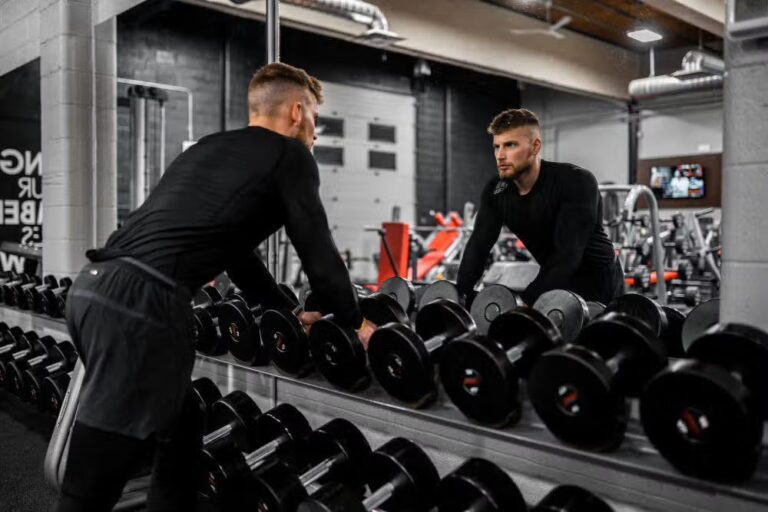

Latihan Otot Dada: Panduan Lengkap untuk Membentuk Dada yang Kuat dan Atletis
Latihan Otot Dada – adalah salah satu kelompok otot terbesar di tubuh bagian atas. Otot ini terdiri dari pectoralis major…

Latihan Otot Perut: Cara Efektif Membentuk Perut Kuat dan Ideal
Latihan Otot Perut – Memiliki perut yang kuat, kencang, dan sehat merupakan impian banyak orang. Selain menunjang penampilan, otot perut…

Latihan Beban Gym: Panduan Lengkap untuk Pemula hingga Mahir
Latihan Beban Gym – adalah jenis olahraga yang menggunakan beban eksternal, seperti dumbbell, barbell, atau mesin gym, dengan tujuan untuk…

Edukasi Fitness: Panduan Lengkap untuk Gaya Hidup Sehat
Edukasi fitness – adalah proses pembelajaran dan pemahaman tentang kesehatan, kebugaran, dan latihan fisik secara menyeluruh. Edukasi ini bertujuan membantu…


